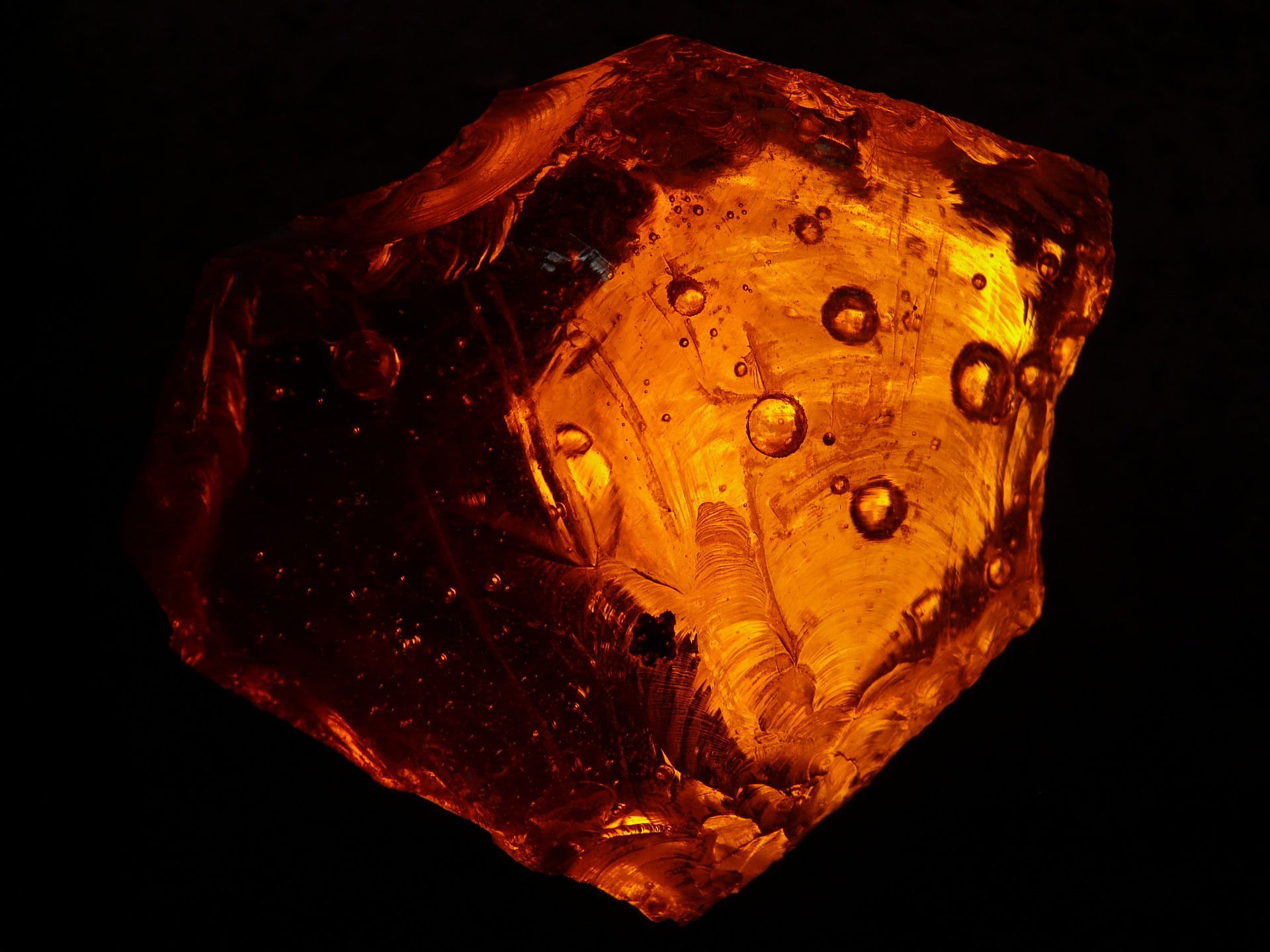Gemstone Selection Guide: Making Informed Choices

Gemstone Selection Guide: Making Informed Choices
Choosing the right gemstone, whether for personal use or as a gift, is a significant decision. The beauty and value of colored stones can vary widely, and understanding their intricacies is crucial. This guide provides essential tips and advice to help you make an informed choice when selecting a gemstone. From considerations about color and clarity to understanding origin and treatments, this comprehensive list aims to ensure you select the best possible gemstone for your specific needs.
- Understand the Different Types of Gemstones
Gemstones can be broadly classified into three categories: precious, semi-precious, and synthetic. Precious gemstones include diamonds, rubies, sapphires, and emeralds, known for their rarity and high value. Semi-precious stones encompass a wider range of options such as amethyst, garnet, opal, and many others, and are typically more abundant and less expensive. Synthetic gemstones are man-made and designed to mimic the properties of natural stones but at a fraction of the cost. Knowing which category a gemstone falls into can help inform your decision based on budget and occasion.
- Color Is Key
Color is arguably the most defining characteristic of gemstones. It can influence not only the appearance but also the price. When evaluating color, consider the hue (color), saturation (intensity of the color), and tone (lightness or darkness). Ideal gemstones exhibit pure colors with vibrant saturation and medium tones. Be aware that color preferences can vary depending on personal tastes and trends, so choose a color that appeals to you strongly.
- Examine the Clarity
Clarity refers to the absence of inclusions or imperfections in a gemstone. While most gemstones contain some natural flaws, the extent and visibility of these can affect their value. Generally, the fewer the inclusions, the more precious the gemstone is considered. However, some gemstones like emeralds are known for having inclusions, often referred to as "jardin," which can be embraced as a unique characteristic rather than a flaw.
- Understand Cut and Shape
The cut of a gemstone not only affects its overall aesthetics but also its brilliance and color distribution. A well-cut gemstone will enhance its natural beauty by reflecting light in a way that maximizes its color and sparkle. Gemstones can be cut into various shapes such as round, oval, square, etc., which should be chosen based on personal preference and how the shape complements the setting it will be placed in.
- Consider Carat Weight
Carat weight measures the mass of a gemstone, and higher carat weights generally correspond with a higher price tag. However, carat weight does not necessarily indicate size, as different gemstones have different densities. When selecting a gemstone, decide which is more important: a larger stone or a higher quality stone within your budget.
- Ask About Treatments
Many gemstones are treated to enhance their color and clarity. Treatments can include heat treatment, irradiation, and chemical processes. While treated gemstones can be a beautiful and cost-effective choice, it is essential to be aware of the type and extent of any treatments as they can affect the stone's care requirements and potential resale value. Sellers should disclose all treatments, so always ask and ensure you receive a full explanation.
- Research the Stone’s Origin
The origin of a gemstone can influence its value and uniqueness. Stones from famous mining locations often carry a premium due to their renowned quality or historical significance; however, beautiful gems can be found worldwide. Knowing the origin can also ensure that the gemstones are ethically sourced and support responsible mining practices.
- Understand Pricing
Prices for gemstones are not standardized and can vary wildly based on many factors including rarity, quality, and current market demand. Educate yourself on the average prices for the type of stone and quality you are considering. Comparison shopping can be very useful—be sure to purchase from reputable dealers who provide certifications where applicable.
- Consider the Gemstone’s Durability
The hardness of a gemstone determines its suitability for certain types of jewelry. For example, diamonds, sapphires, and rubies have a high degree of hardness, making them ideal for engagement rings and other everyday wear jewelry. Softer stones like opal or pearl require more care and are better suited for items like earrings or pendants that are less exposed to rough contact.
- Inquire About Return Policies and Warranties
Before making a final purchase, understand the seller’s return policy and what guarantees or warranties are offered with the gemstone. This can provide peace of mind, particularly for high-value purchases, ensuring that you can return or exchange the stone if there are any issues.
Selecting a gemstone is an exciting but daunting task, filled with considerations from aesthetic preferences to technical specifications. By utilizing this guide and taking the time to research and understand the different aspects of gemstones, you can make a more informed decision that will lead to satisfaction and a worthy investment in the long term.